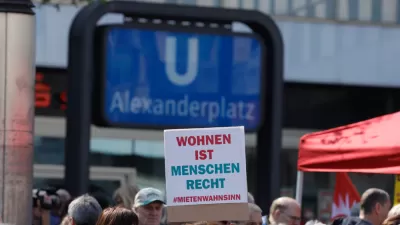There is hidden economic diversity even in one of the most famous (and toniest) of zip codes.
In 1998, when Slums of Beverly Hills was released, I lived in West Los Angeles, relatively near (in LA terms, at least) Beverly Hills. It’s a comedic “coming of age” story about a girl whose kooky and "economically deficient" family moves to an apartment at the outer edge of Beverly Hills, “for the good schools,” as her father says.
At the time the movie came out, one of my friends actually lived in a rent controlled apartment in the so-called "slums" of Beverly Hills and described her cluster of apartments as inhabited by an eclectic mix of folks–seniors, some UCLA students, some Hollywood aspirants/burnouts, and a mix of immigrant families (mostly Russian and Latino, to her eyes and ear). So, even though I never saw the movie, the notion of “slums” in Beverly Hills has stuck with me.
Over the years, as various policy-wonk and think-tank types and even the President have said that your zip code should not determine your destiny–typically in the context of the health and economic mobility of low-income people who live in low-income zip codes–I’ve always wondered about the destinies of low-income folks from places like Beverly Hills. And it’s come to stand as a shorthand in my mind that, even in one of the most famous and toniest of zip codes, 90210, there is hidden economic diversity.
FULL STORY: Gentrification and the “Slums of Beverly Hills”

Planetizen Federal Action Tracker
A weekly monitor of how Trump’s orders and actions are impacting planners and planning in America.

Chicago’s Ghost Rails
Just beneath the surface of the modern city lie the remnants of its expansive early 20th-century streetcar system.

San Antonio and Austin are Fusing Into one Massive Megaregion
The region spanning the two central Texas cities is growing fast, posing challenges for local infrastructure and water supplies.

Since Zion's Shuttles Went Electric “The Smog is Gone”
Visitors to Zion National Park can enjoy the canyon via the nation’s first fully electric park shuttle system.

Trump Distributing DOT Safety Funds at 1/10 Rate of Biden
Funds for Safe Streets and other transportation safety and equity programs are being held up by administrative reviews and conflicts with the Trump administration’s priorities.

German Cities Subsidize Taxis for Women Amid Wave of Violence
Free or low-cost taxi rides can help women navigate cities more safely, but critics say the programs don't address the root causes of violence against women.
Urban Design for Planners 1: Software Tools
This six-course series explores essential urban design concepts using open source software and equips planners with the tools they need to participate fully in the urban design process.
Planning for Universal Design
Learn the tools for implementing Universal Design in planning regulations.
planning NEXT
Appalachian Highlands Housing Partners
Mpact (founded as Rail~Volution)
City of Camden Redevelopment Agency
City of Astoria
City of Portland
City of Laramie





























